Home>Renovation & DIY>DIY Projects & Ideas>Where To Start DIY Projects
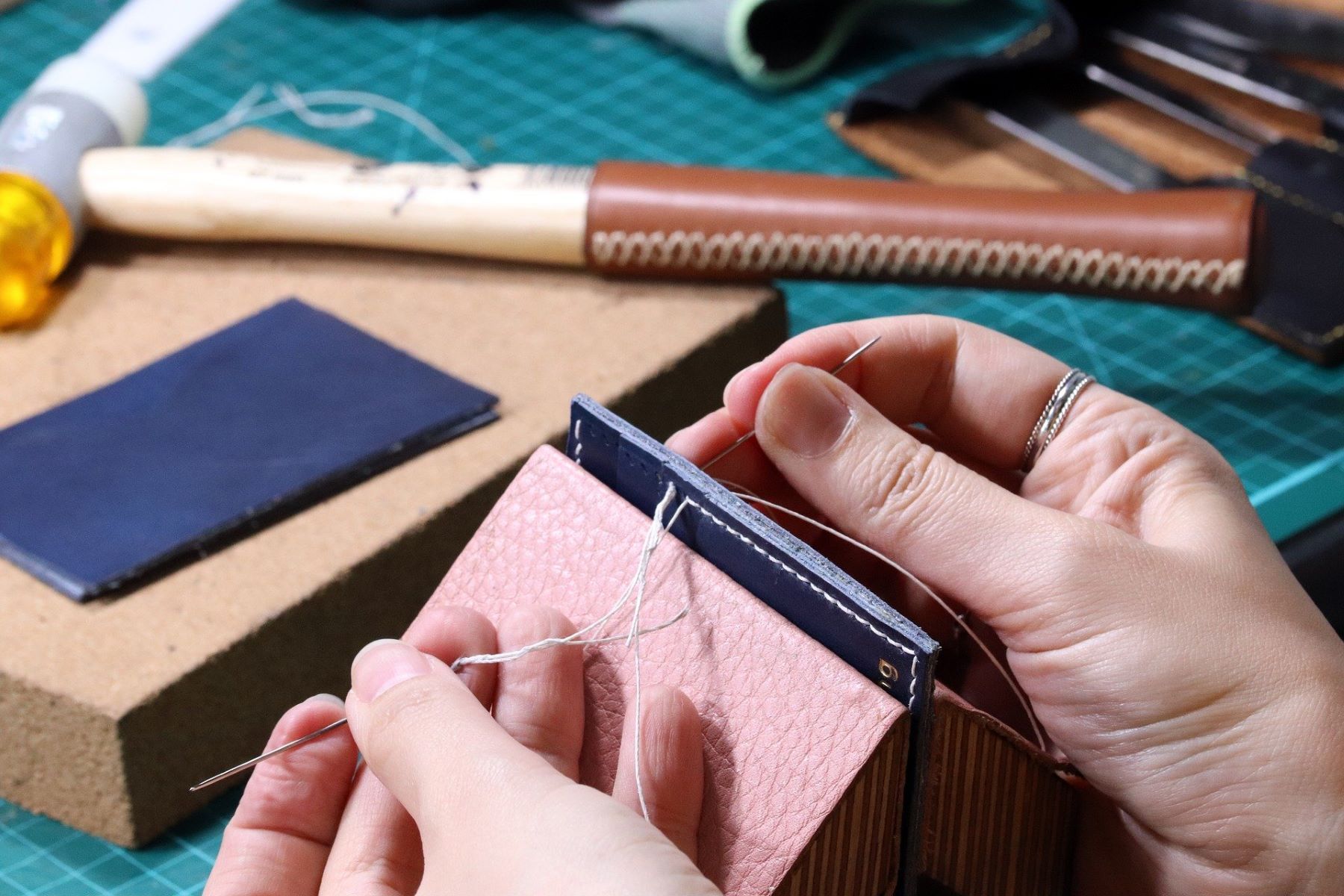

DIY Projects & Ideas
Where To Start DIY Projects
Modified: January 4, 2024
Discover the best DIY projects and ideas to kickstart your home improvement journey. Get inspired and learn where to begin your DIY adventure today!
(Many of the links in this article redirect to a specific reviewed product. Your purchase of these products through affiliate links helps to generate commission for Storables.com, at no extra cost. Learn more)
Introduction
Welcome to the exciting world of DIY projects! Whether you’re a seasoned hobbyist or a newcomer eager to roll up your sleeves and get creative, embarking on a DIY project is a fulfilling and empowering endeavor. From crafting handmade furniture to revamping living spaces, the possibilities are endless when it comes to unleashing your creativity and making something truly unique.
In this comprehensive guide, we’ll explore the essential steps to help you kick-start your DIY journey with confidence. By assessing your skills and interests, setting a budget, finding inspiration, and choosing the right project, you’ll be well-equipped to dive into the world of DIY projects with enthusiasm and a clear plan of action. Let’s embark on this enriching adventure together, where innovation and hands-on creativity await!
Key Takeaways:
- Assess your skills and interests before starting a DIY project. Reflect on past experiences, explore new skills, and tailor projects to your abilities and passions for a fulfilling and enjoyable creative journey.
- Set a budget, gather inspiration, choose the right project, and seek help and resources to ensure a successful and rewarding DIY experience. Embrace the joy of creating and learning while connecting with a vibrant community of fellow enthusiasts.
Read more: How Early To Start DIY Wedding Projects
Assessing Your Skills and Interests
Before diving into the realm of do-it-yourself projects, it’s crucial to take stock of your skills and interests. Assessing your abilities and identifying your passions will guide you in selecting projects that align with your expertise and ignite your enthusiasm.
Begin by reflecting on your past experiences with DIY endeavors. Have you dabbled in woodworking, sewing, or home improvement tasks? Consider the projects you’ve tackled in the past and the skills you’ve honed along the way. This self-assessment can provide valuable insights into your strengths and areas for growth.
Furthermore, take the time to pinpoint your interests and preferences. Are you drawn to the rustic charm of farmhouse decor, or do you find yourself captivated by the sleek, modern designs of minimalist interiors? Understanding your aesthetic inclinations will steer you toward projects that resonate with your personal style, ensuring that your DIY ventures are not only rewarding but also reflective of your individual taste.
It’s also beneficial to explore new skills and techniques that pique your curiosity. Whether it’s learning the art of macramé, mastering the intricacies of tile mosaics, or delving into the world of upcycling, embracing fresh challenges can expand your DIY repertoire and open doors to innovative projects you may have never considered before.
Remember, the beauty of DIY lies in its versatility. You have the freedom to tailor your projects to suit your skill level and interests, making the journey both enjoyable and personally enriching. By taking the time to assess your skills and interests, you’ll pave the way for a fulfilling DIY experience that resonates with your unique abilities and passions.
Setting a Budget
While embarking on DIY projects can be immensely rewarding, it’s essential to approach them with a clear understanding of your financial boundaries. Setting a budget not only helps you manage expenses effectively but also ensures that your creative endeavors remain enjoyable and sustainable.
Begin by outlining the amount you’re willing to allocate for your DIY ventures. Consider factors such as the cost of materials, tools, and any specialized equipment required for your chosen projects. It’s advisable to conduct thorough research to gauge the average expenses associated with your specific area of interest, whether it’s woodworking, crafting, or home renovation.
When establishing your budget, it’s crucial to account for potential contingencies. Anticipating unforeseen costs or adjustments to your initial plans can prevent financial strain and allow for greater flexibility as your projects unfold. Additionally, factor in any recurring expenses, such as maintenance tools or ongoing supplies, to ensure that your DIY pursuits remain sustainable in the long run.
Furthermore, consider the value of repurposing and upcycling materials to minimize costs. Embracing sustainable practices not only reduces expenditure but also adds a unique, eco-friendly dimension to your projects. Whether it’s salvaging wood for a furniture restoration project or breathing new life into vintage fabrics for a sewing endeavor, resourcefulness can be a powerful ally in staying within your budget while nurturing your creativity.
By setting a well-defined budget, you’ll approach your DIY projects with a sense of financial clarity and responsibility. This proactive approach not only safeguards your resources but also fosters a mindful and sustainable approach to creativity, ensuring that your DIY journey remains both fulfilling and financially prudent.
Finding Inspiration
Embarking on a DIY project often begins with a spark of inspiration. Whether you’re seeking to revamp your living space, create personalized gifts, or delve into a new craft, finding sources of inspiration can ignite your creative passion and set the stage for a fulfilling DIY endeavor.
One of the most accessible wellsprings of inspiration is the vast realm of online platforms and communities dedicated to DIY and crafting. Websites, blogs, and social media platforms brim with a myriad of project ideas, tutorials, and creative insights. Engaging with these digital spaces can expose you to diverse techniques, styles, and innovative approaches, providing a wealth of inspiration at your fingertips.
Visiting local craft stores, flea markets, and artisan fairs can also be a treasure trove of inspiration. Immersing yourself in the tangible textures, colors, and craftsmanship of handmade goods can spark fresh ideas and kindle your imagination. Moreover, interacting with fellow artisans and creators in these settings can offer valuable perspectives and foster a sense of community, enriching your DIY journey.
Nature itself serves as a boundless wellspring of inspiration. Whether it’s the organic patterns of leaves, the soothing hues of a sunset, or the rugged textures of natural materials, the beauty of the outdoors can infuse your projects with an authentic and organic allure. Drawing from nature’s palette and forms can imbue your DIY creations with a sense of harmony and tranquility.
Additionally, exploring historical and cultural influences can yield a rich tapestry of ideas for your DIY ventures. Delving into the art, architecture, and traditional crafts of different cultures can inspire unique and culturally resonant projects, enriching your creative repertoire and fostering a deeper appreciation for global creativity.
By embracing a diverse array of sources for inspiration, you’ll infuse your DIY projects with creativity, originality, and personal flair. Whether drawing from digital platforms, local artisanal scenes, the natural world, or cultural heritage, the journey of finding inspiration is an enriching and transformative part of the DIY experience.
Start by identifying a project that matches your skill level and interests. Research and gather all necessary materials and tools before beginning. Always prioritize safety and take your time to avoid mistakes.
Gathering Tools and Materials
Equipping yourself with the right tools and materials is a pivotal step in realizing your DIY aspirations. Whether you’re delving into woodworking, crafting, or home improvement projects, having the necessary resources at your disposal lays the foundation for a successful and enjoyable creative journey.
Begin by identifying the specific tools essential to your chosen DIY projects. From basic hand tools such as hammers, screwdrivers, and measuring tape to specialized equipment like power saws, sewing machines, or soldering irons, tailoring your toolkit to the requirements of your endeavors is paramount. Researching the recommended tools for your projects and investing in quality, durable options can streamline your work and enhance the overall craftsmanship of your creations.
When it comes to sourcing materials, consider both their quality and suitability for your projects. Whether it’s selecting premium lumber for woodworking, vibrant yarns for knitting, or high-quality paints for artistic endeavors, prioritizing superior materials can elevate the aesthetic and longevity of your DIY creations.
Exploring local hardware stores, craft shops, and specialty material suppliers can provide a hands-on experience in selecting the right resources for your projects. Engaging with knowledgeable staff and seeking their guidance can offer valuable insights into the characteristics and applications of various materials, empowering you to make informed choices that align with your creative vision.
Embracing sustainable and eco-friendly options for materials can also add a conscientious dimension to your DIY pursuits. Whether it involves repurposing salvaged wood, utilizing recycled fabrics, or incorporating upcycled elements into your projects, mindful material choices contribute to a more environmentally responsible and ethically conscious creative process.
Furthermore, maintaining a well-organized workspace for storing your tools and materials is essential for efficiency and safety. Establishing a dedicated area for your DIY endeavors, equipped with proper storage solutions and workspace organization, fosters a conducive environment for creativity and ensures that your resources are readily accessible when inspiration strikes.
By thoughtfully gathering the requisite tools and materials for your DIY projects, you’ll embark on your creative ventures with confidence and preparedness. Embracing quality, suitability, and sustainability in your resource selection will enrich your projects and lay the groundwork for a fulfilling and rewarding DIY experience.
Choosing Your First Project
Embarking on your inaugural DIY project is an exhilarating milestone, and selecting the right endeavor sets the stage for a gratifying and successful creative journey. Whether you’re drawn to woodworking, crafting, home decor, or practical home improvements, thoughtful consideration in choosing your first project is key to a fulfilling experience.
As a novice DIY enthusiast, it’s prudent to start with a project that aligns with your current skill level while offering room for growth and learning. Assess your comfort with basic tools, materials, and techniques, and opt for a project that allows you to hone your abilities and gain confidence in your craftsmanship. Beginning with manageable projects such as crafting a simple bookshelf, creating decorative wall art, or refurbishing a small piece of furniture can instill a sense of accomplishment and motivation for future endeavors.
Consider projects that resonate with your personal interests and aesthetic preferences. Whether you’re drawn to the rustic allure of woodworking, the tactile artistry of textile crafts, or the transformative potential of home decor projects, choosing a project that reflects your passions ensures that your creative pursuits remain engaging and personally fulfilling.
Furthermore, prioritize projects that align with your available time and resources. Selecting a project that fits within your schedule and budget prevents undue stress and allows you to savor the creative process without feeling overwhelmed. As you gain experience and confidence, you can gradually venture into more ambitious and intricate projects that captivate your imagination.
When choosing your first project, consider its practicality and usability. Crafting items that serve a functional purpose, such as a stylish storage solution, a personalized piece of decor, or a practical home improvement, not only enriches your living space but also imbues your DIY journey with a sense of purpose and utility.
Lastly, don’t shy away from seeking inspiration from DIY tutorials, project ideas, and fellow enthusiasts. Engaging with online communities, workshops, and instructional resources can provide valuable guidance and encouragement as you navigate the exciting terrain of your first DIY project.
By thoughtfully selecting your inaugural DIY project, you’ll lay the foundation for a rewarding and enriching creative journey. Embrace projects that align with your skills, interests, and aspirations, and relish the opportunity to bring your creative visions to life with enthusiasm and purpose.
Seeking Help and Resources
Embarking on DIY projects is not only a solitary pursuit but also an opportunity to engage with a vibrant community of creators, artisans, and enthusiasts. Seeking help and tapping into valuable resources can enrich your DIY journey, providing guidance, inspiration, and a sense of camaraderie as you bring your creative visions to life.
One of the most accessible and invaluable resources for DIY enthusiasts is the wealth of online platforms and communities dedicated to crafting, woodworking, home improvement, and various creative pursuits. Engaging with these digital spaces, such as forums, social media groups, and instructional websites, offers a wealth of knowledge, project ideas, and the opportunity to connect with like-minded individuals who share your passion for hands-on creativity.
Local workshops, classes, and DIY events present excellent opportunities to expand your skills and network with fellow enthusiasts. Participating in hands-on sessions and learning from experienced instructors can provide practical insights, foster new friendships, and infuse your DIY journey with a sense of community and shared learning.
Visiting libraries, bookstores, and online repositories of DIY literature can offer a treasure trove of inspiration and guidance. From comprehensive guides on woodworking techniques to step-by-step tutorials for crafting and home decor projects, immersing yourself in the wisdom of seasoned DIY experts can broaden your horizons and equip you with the knowledge to tackle your creative endeavors with confidence.
Don’t hesitate to seek advice and mentorship from experienced artisans and craftspeople. Engaging with local artisans, attending craft fairs, and reaching out to seasoned DIY enthusiasts can provide invaluable mentorship, personalized guidance, and firsthand insights into the nuances of various crafts and projects. Embracing the wisdom of those who have walked the DIY path before you can accelerate your learning curve and inspire you to push the boundaries of your creativity.
Lastly, don’t underestimate the power of trial and error as a learning tool. Embracing the iterative nature of DIY projects, learning from mistakes, and adapting your approach based on firsthand experiences are integral parts of the creative process. Each project offers an opportunity for growth, learning, and the honing of your skills, ultimately enriching your DIY journey.
By actively seeking help and tapping into diverse resources, you’ll infuse your DIY ventures with knowledge, inspiration, and a sense of community. Embrace the guidance of fellow creators, leverage the wealth of online and offline resources, and relish the opportunity to learn, grow, and connect as you embark on your creative pursuits.
Conclusion
Congratulations on embarking on your DIY journey! As you immerse yourself in the world of hands-on creativity, remember that each project is a canvas for self-expression, learning, and personal growth. By assessing your skills and interests, setting a budget, finding inspiration, gathering tools and materials, choosing your first project, and seeking help and resources, you’ve laid a solid foundation for a fulfilling and enriching DIY experience.
Embrace the inherent joy of creating something with your own hands, and relish the process as much as the outcome. Whether you’re crafting a bespoke piece of furniture, infusing your living space with personalized decor, or delving into the art of upcycling, let your creativity flow freely and authentically.
Remember that mistakes are part of the learning process, and each project offers an opportunity for growth and refinement. Embrace the journey with an open mind, and view challenges as stepping stones toward mastering new skills and techniques.
Stay connected with the vibrant community of DIY enthusiasts, both online and in your local area. Share your projects, seek guidance, and offer support to fellow creators. The exchange of knowledge and experiences within this community can be a wellspring of inspiration and camaraderie, enriching your creative endeavors.
Above all, savor the satisfaction of bringing your ideas to life through the transformative power of DIY projects. Whether you’re adding a personal touch to your surroundings, honing your craftsmanship, or exploring new creative horizons, your DIY journey is a testament to your ingenuity and passion.
As you continue to explore the boundless possibilities of DIY projects, may your endeavors be infused with creativity, resilience, and the sheer joy of making something uniquely your own. Embrace each project as an opportunity for self-discovery and artistic expression, and revel in the fulfillment that comes from nurturing your creativity through the art of hands-on making.
Here’s to a future brimming with innovative projects, boundless creativity, and the enduring satisfaction of bringing your DIY visions to life. Happy crafting!
Frequently Asked Questions about Where To Start DIY Projects
Was this page helpful?
At Storables.com, we guarantee accurate and reliable information. Our content, validated by Expert Board Contributors, is crafted following stringent Editorial Policies. We're committed to providing you with well-researched, expert-backed insights for all your informational needs.
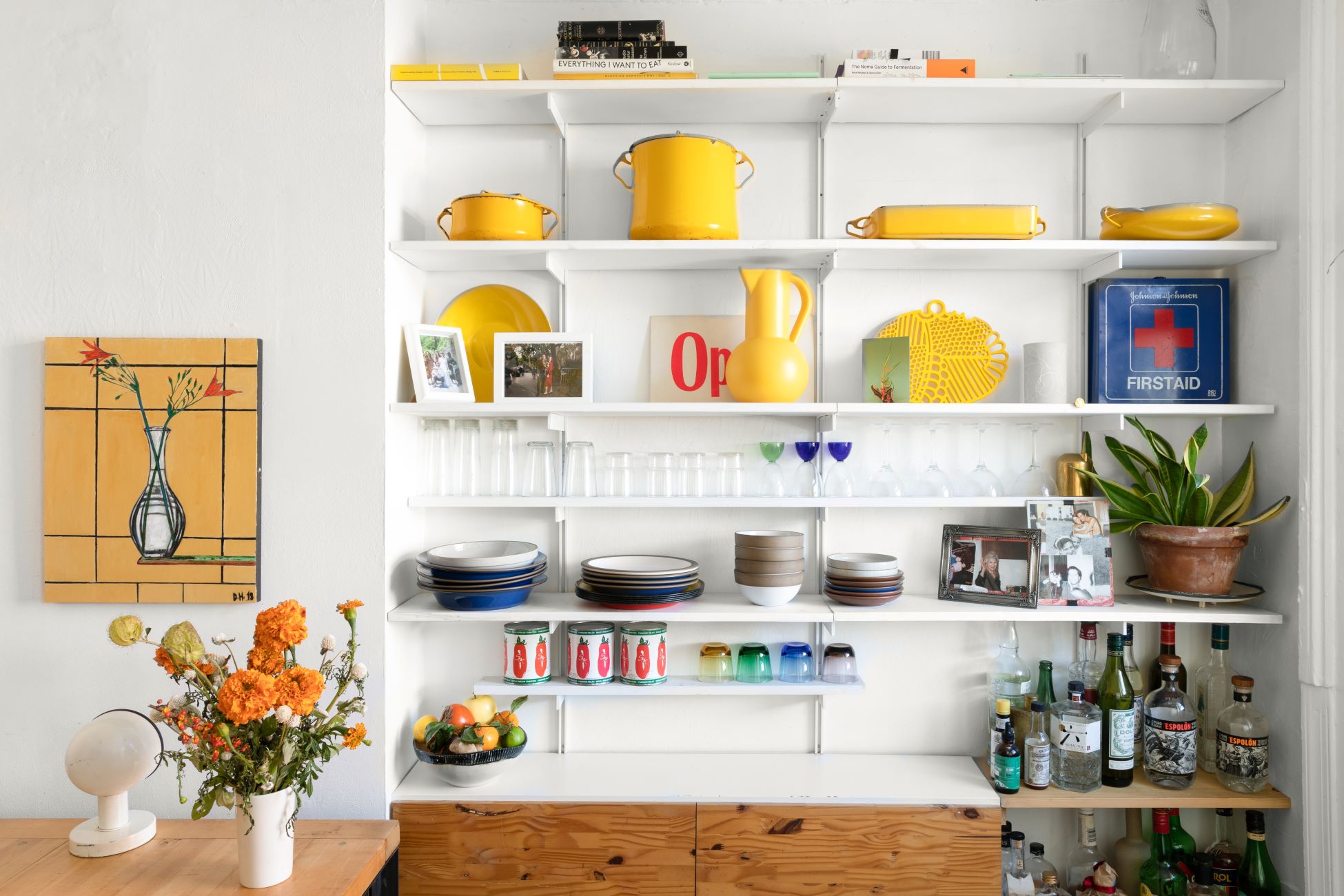
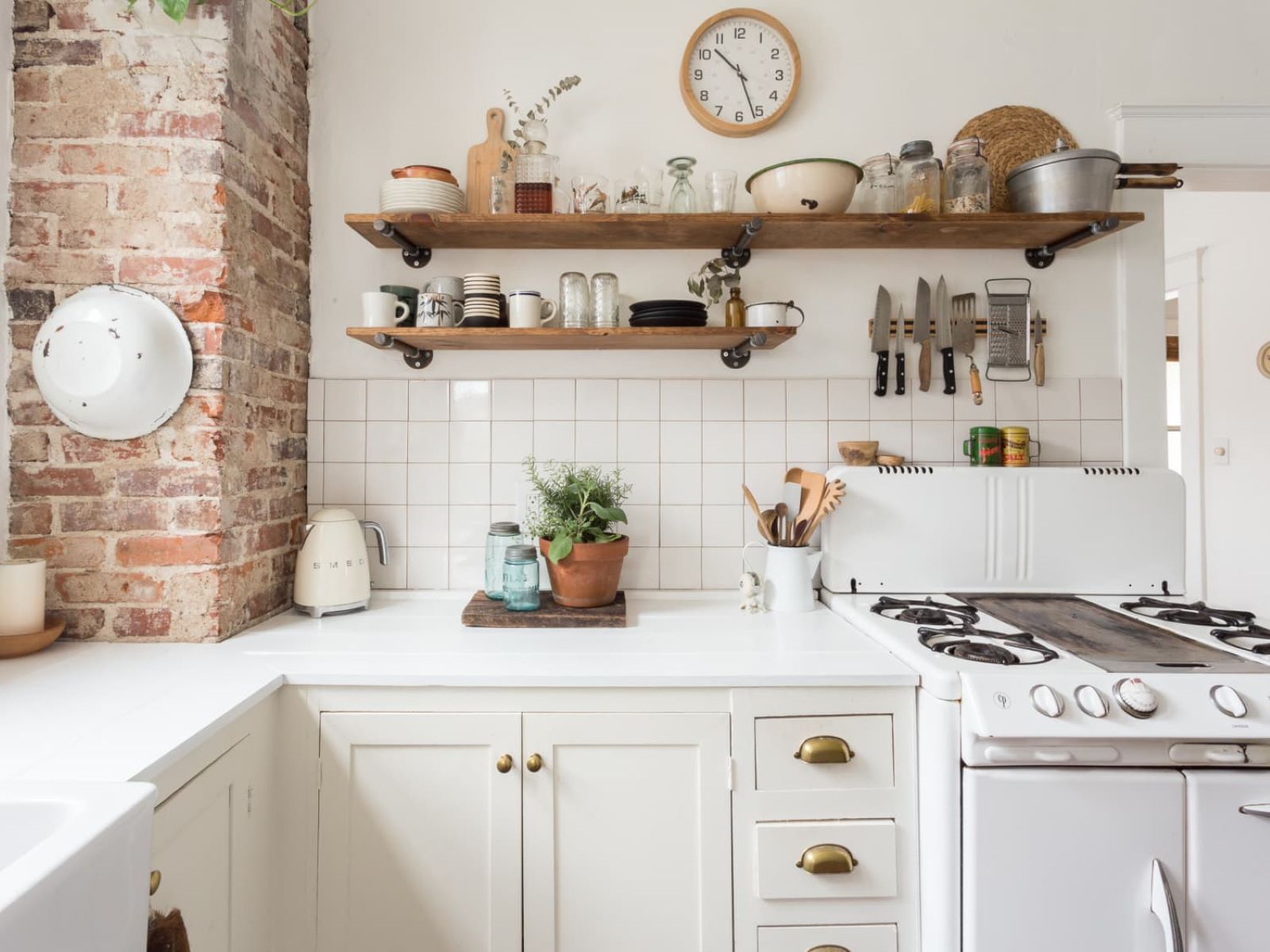
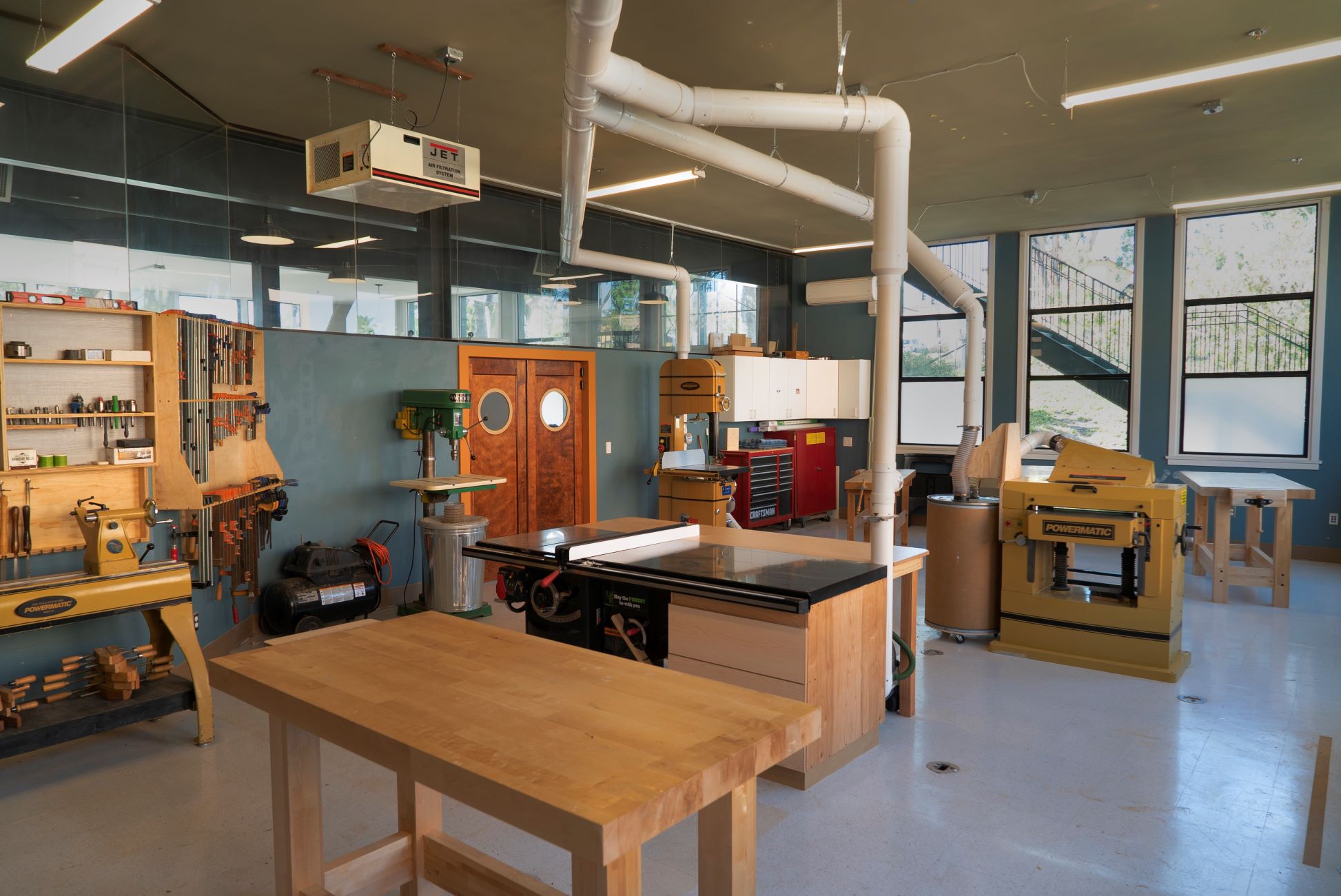
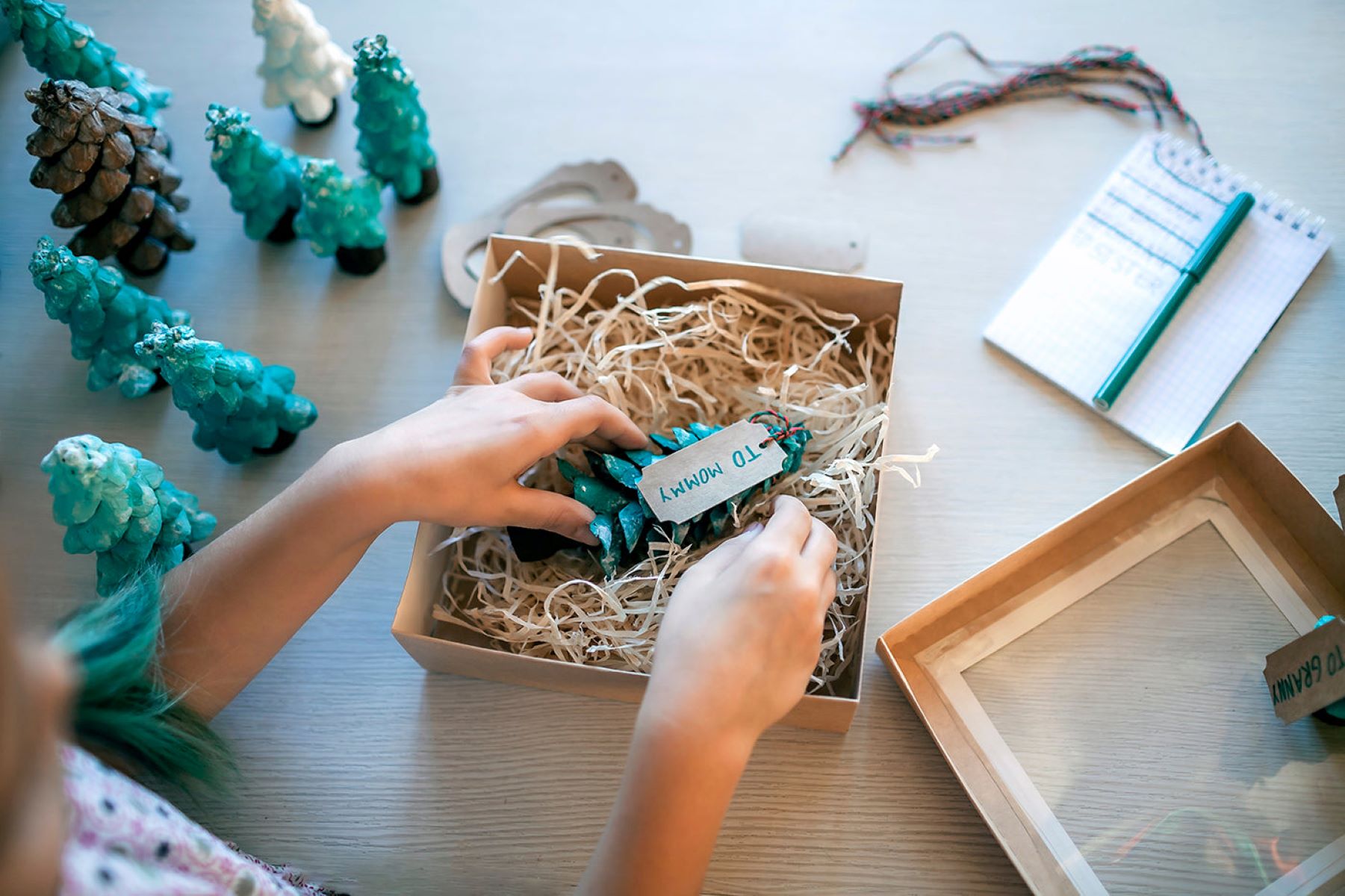
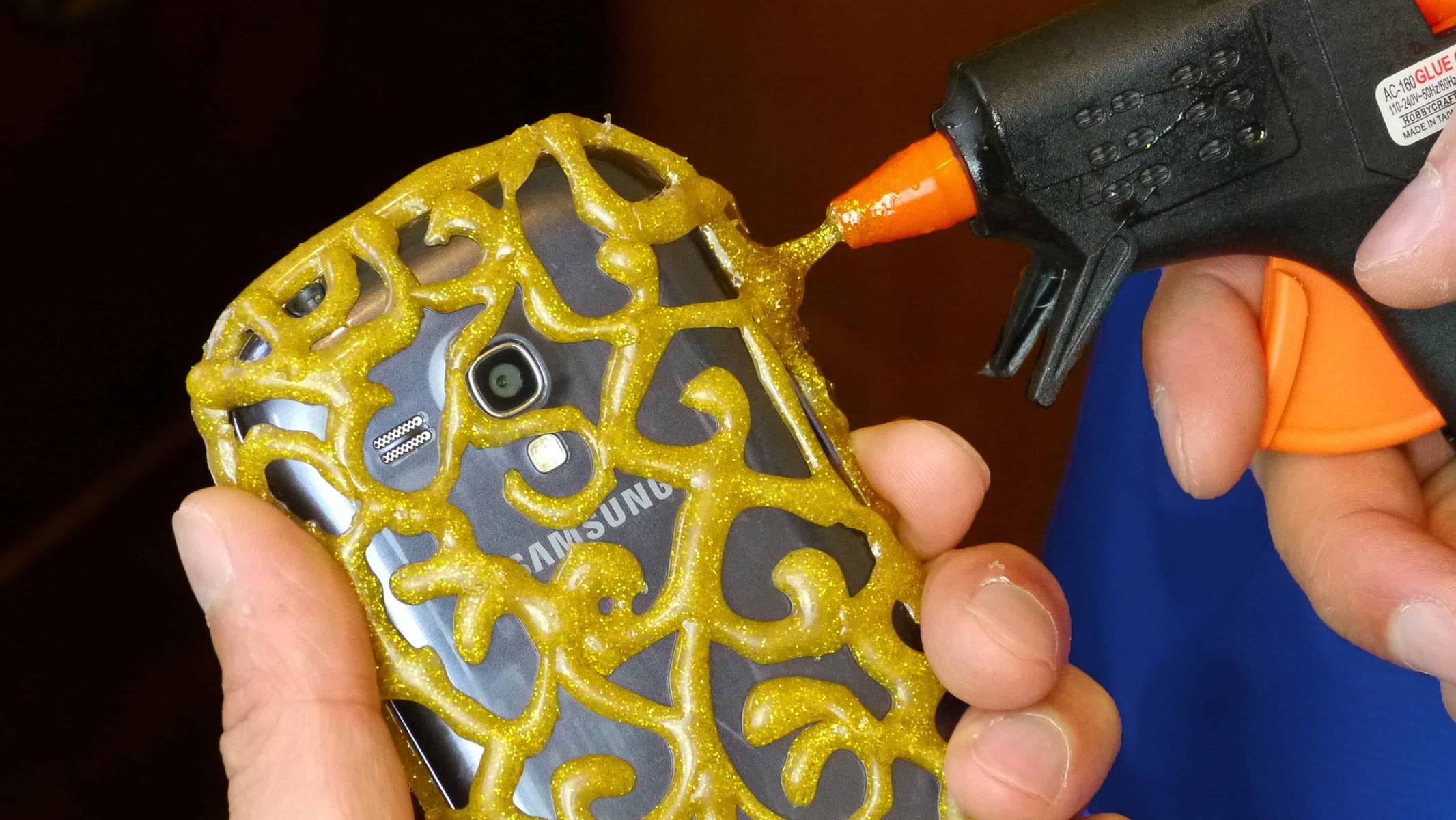
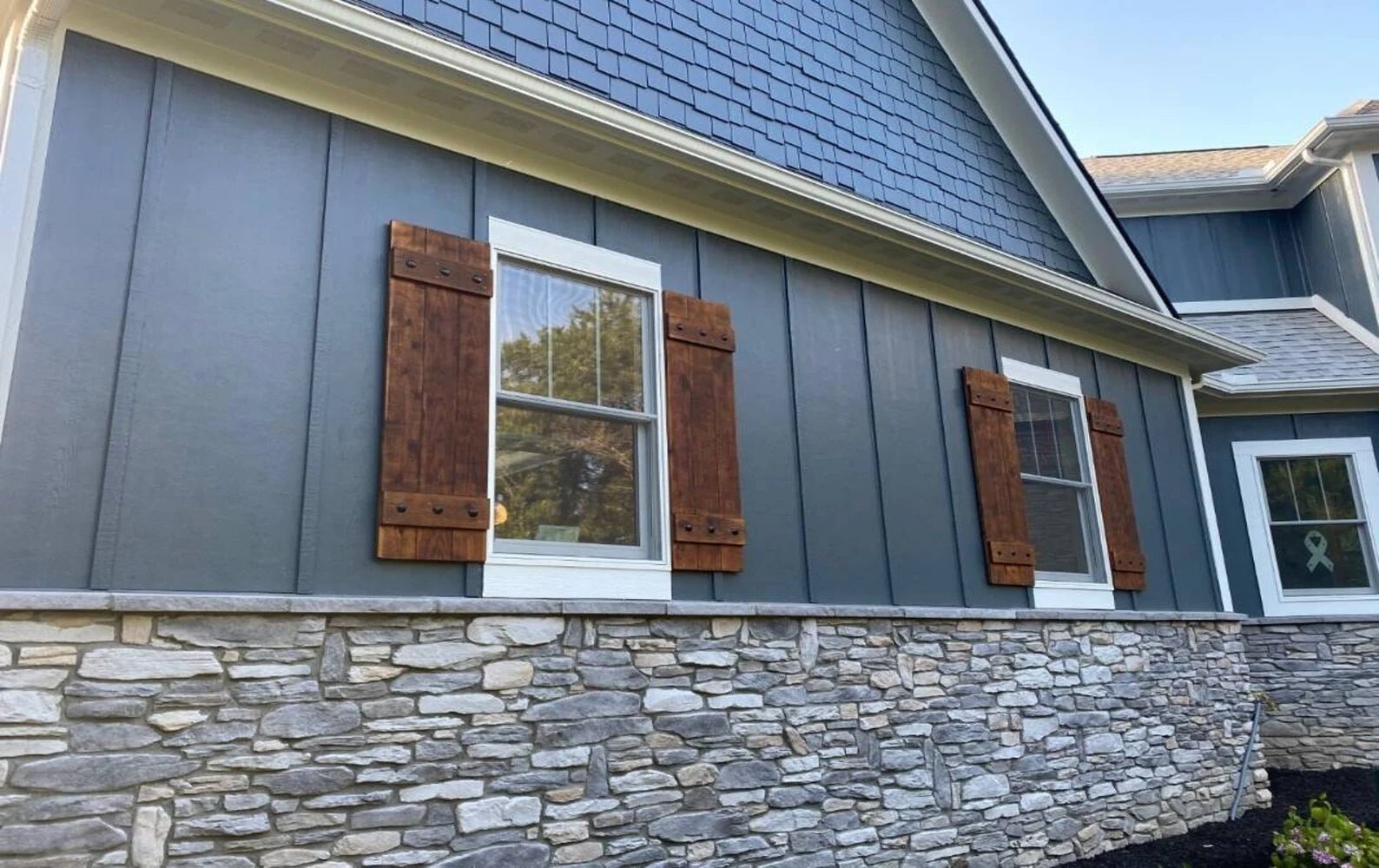
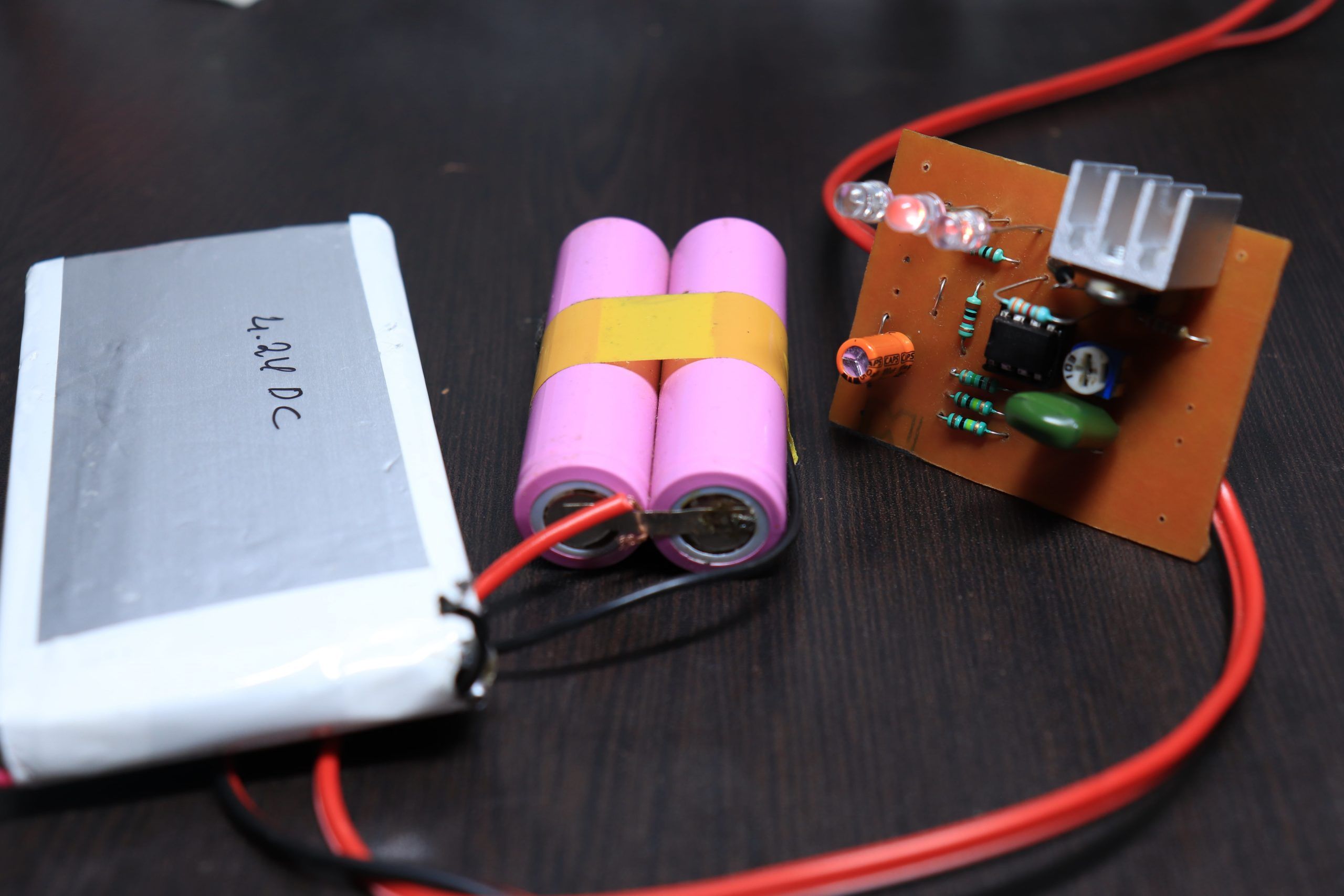
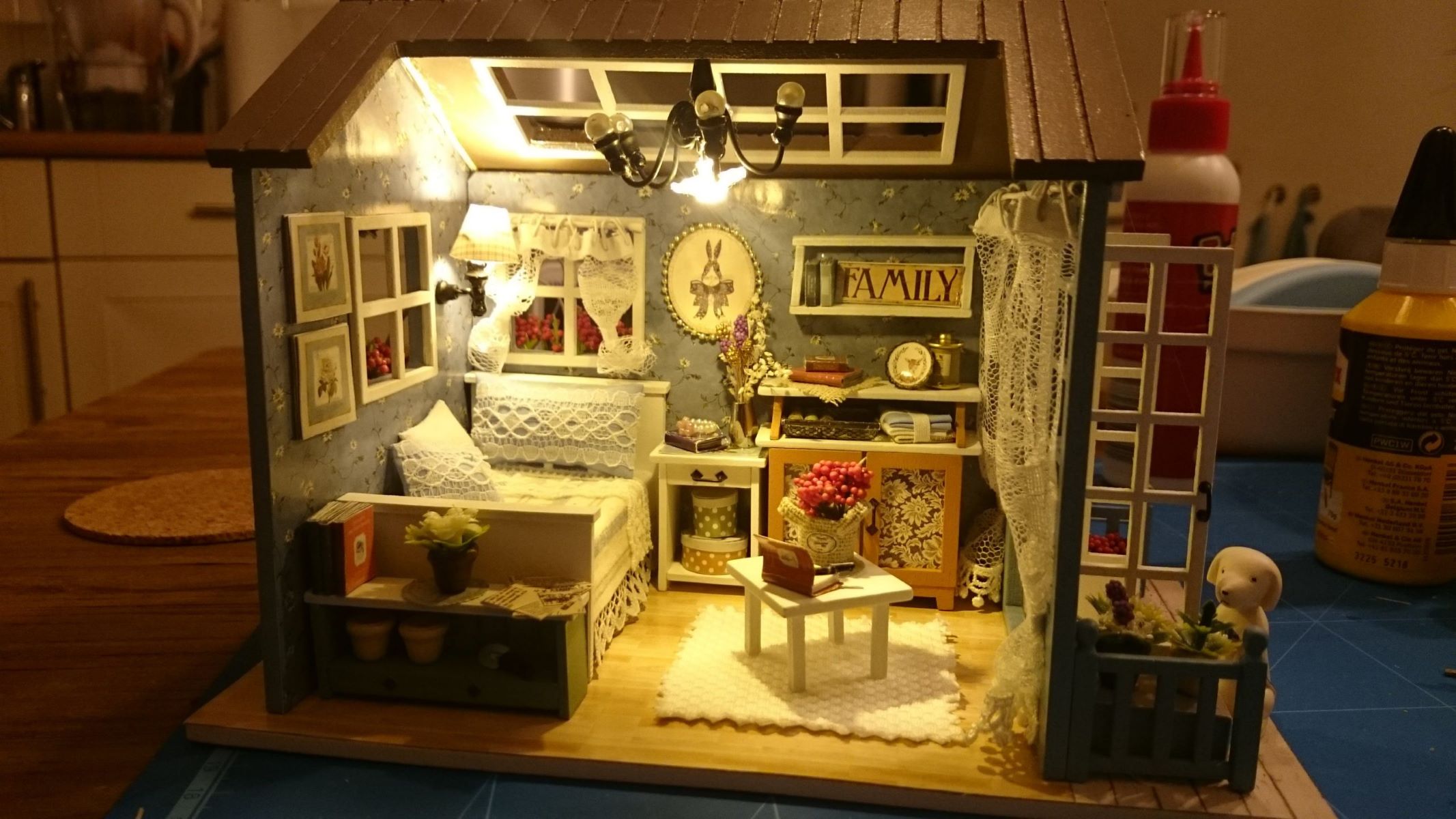
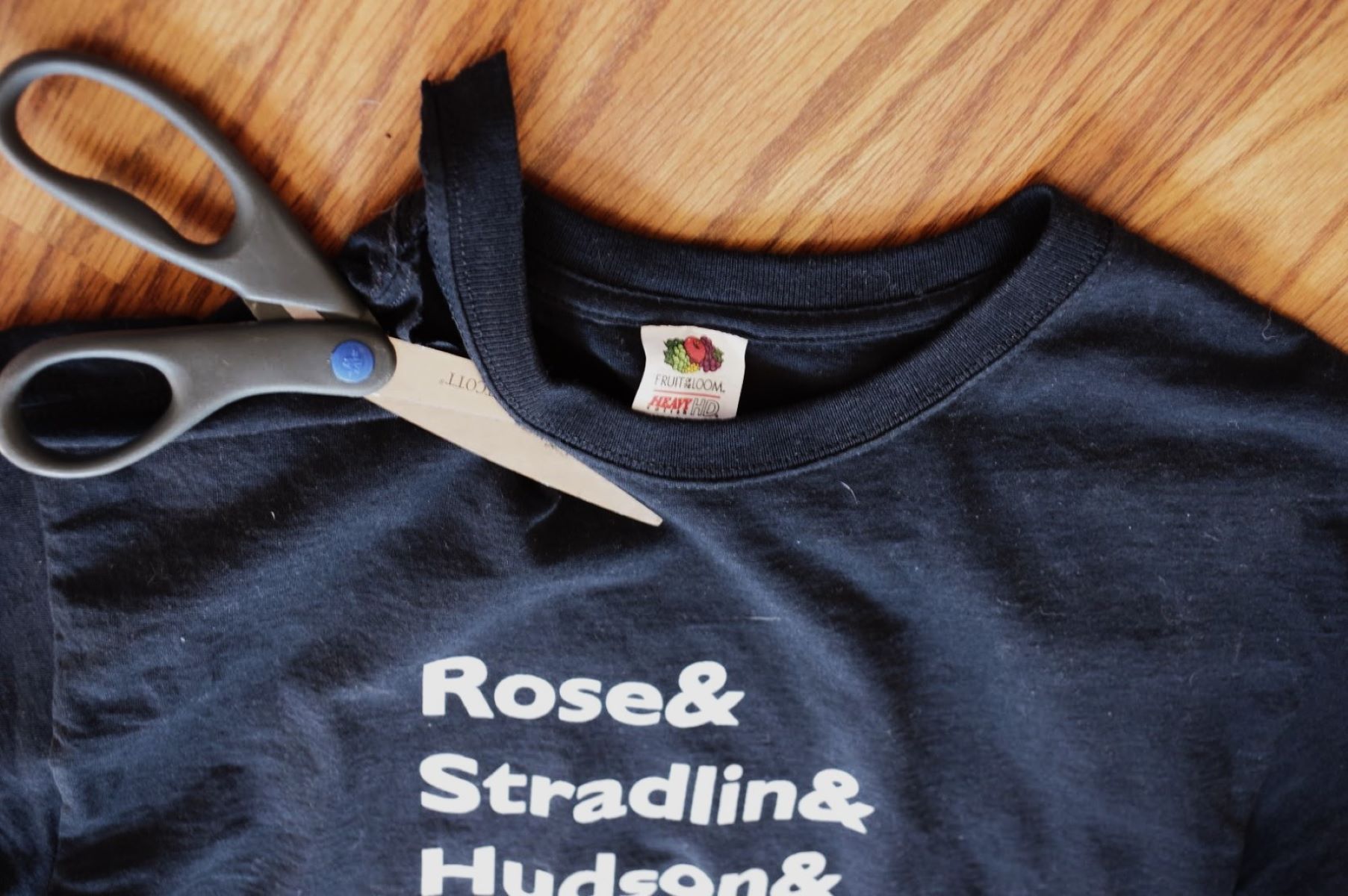
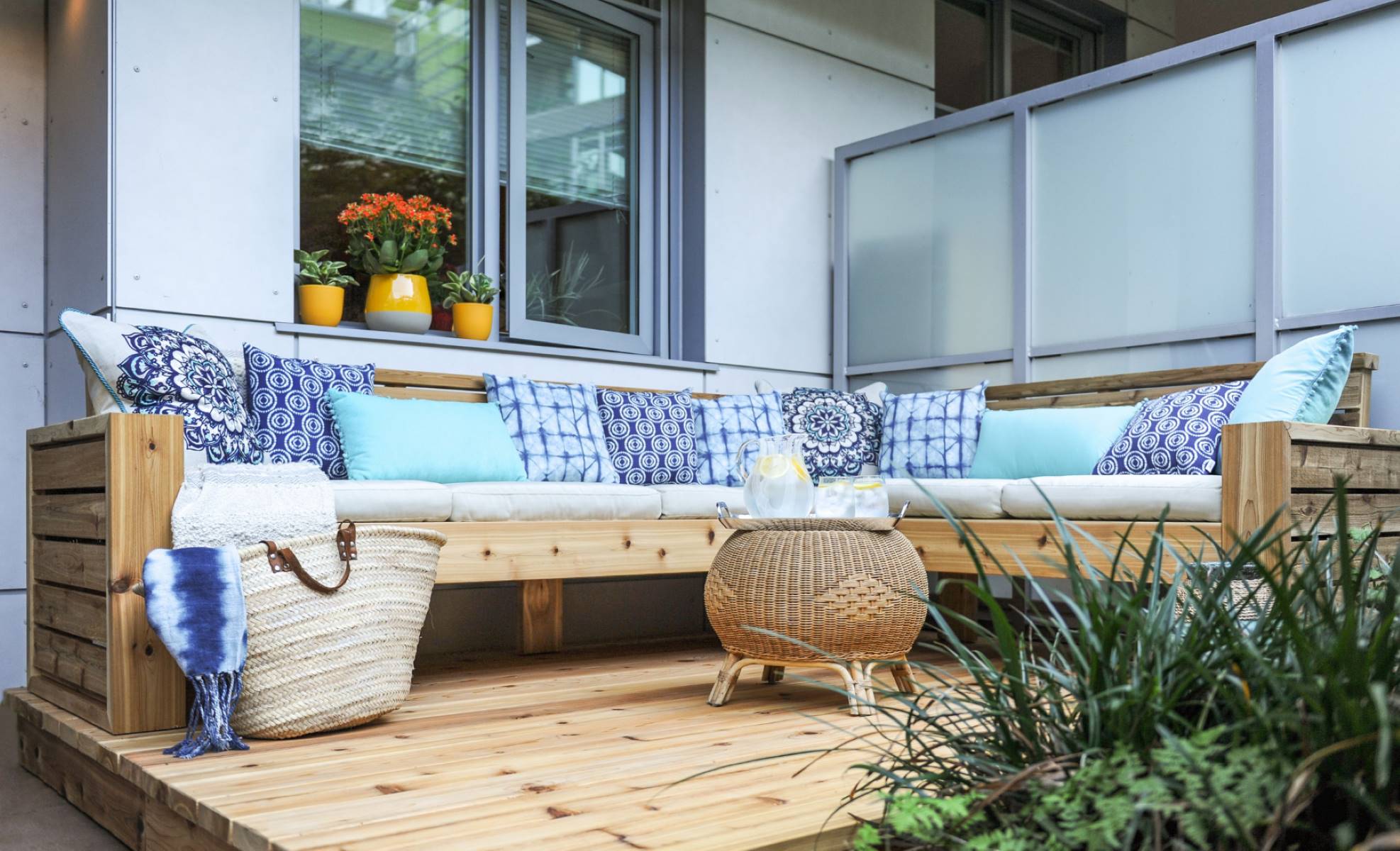
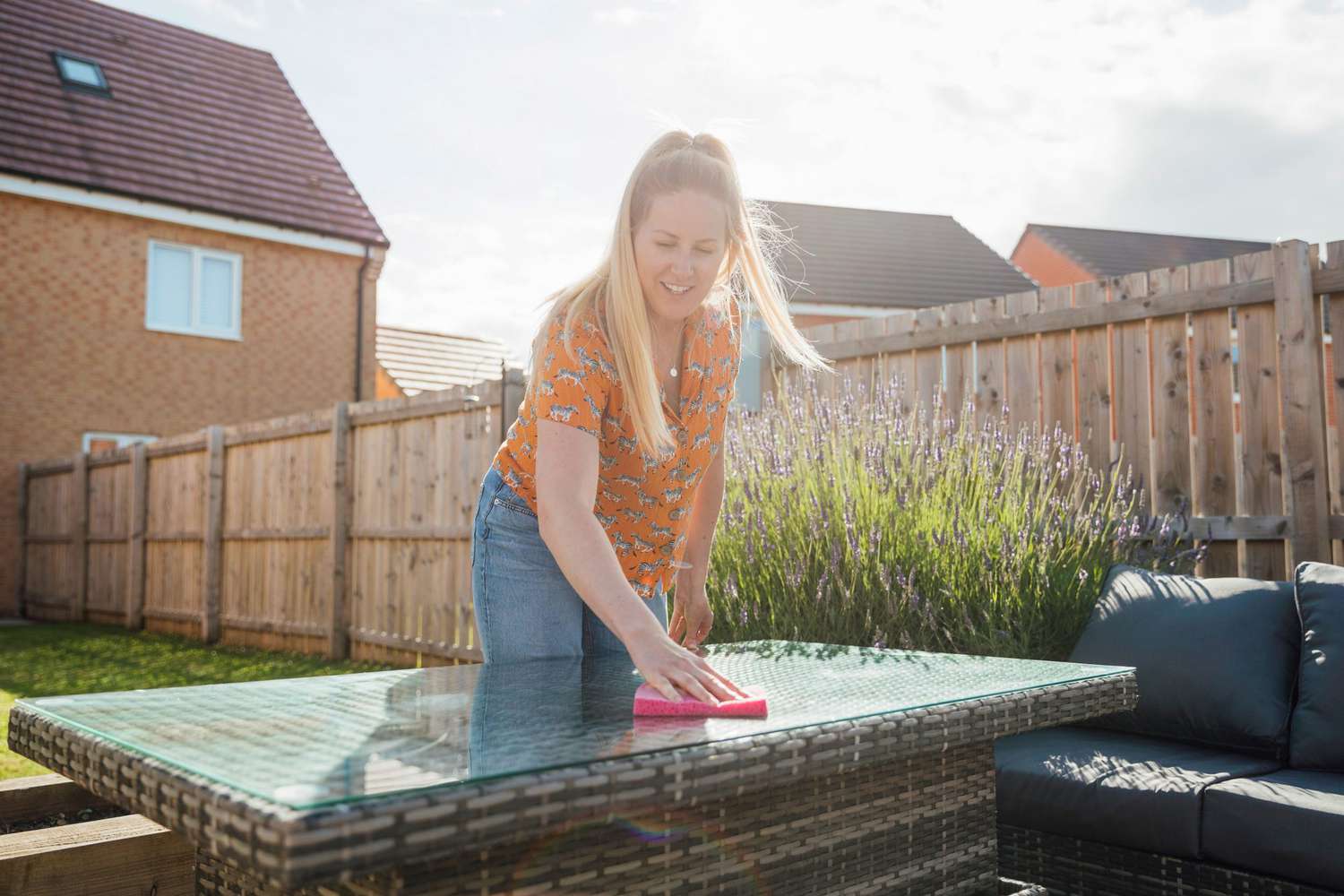

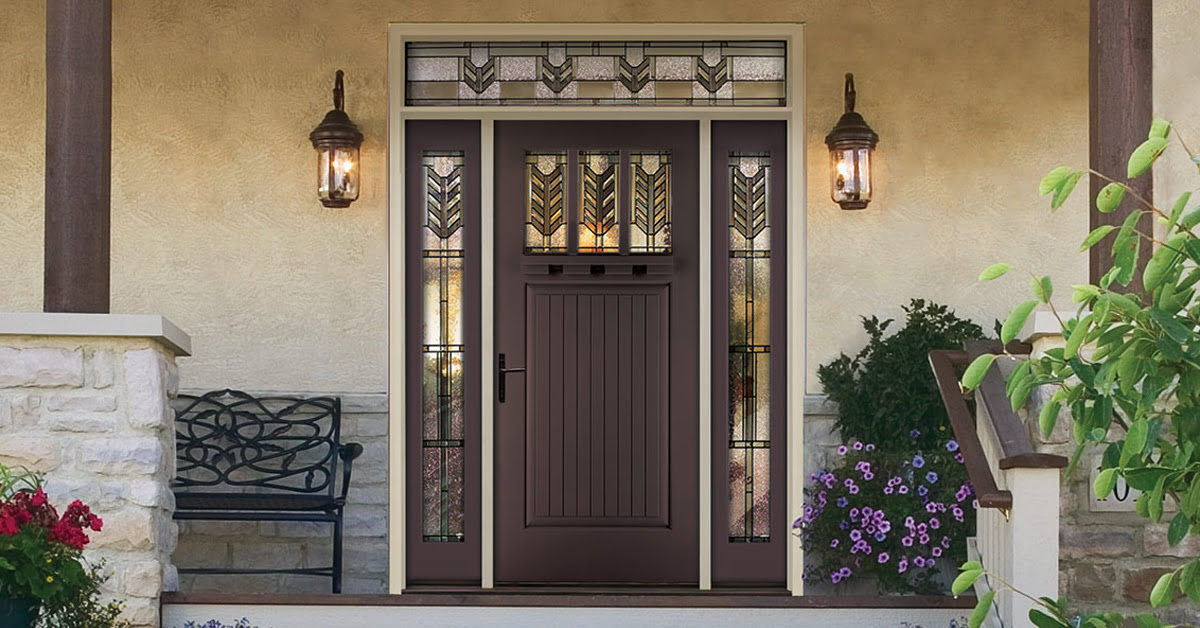
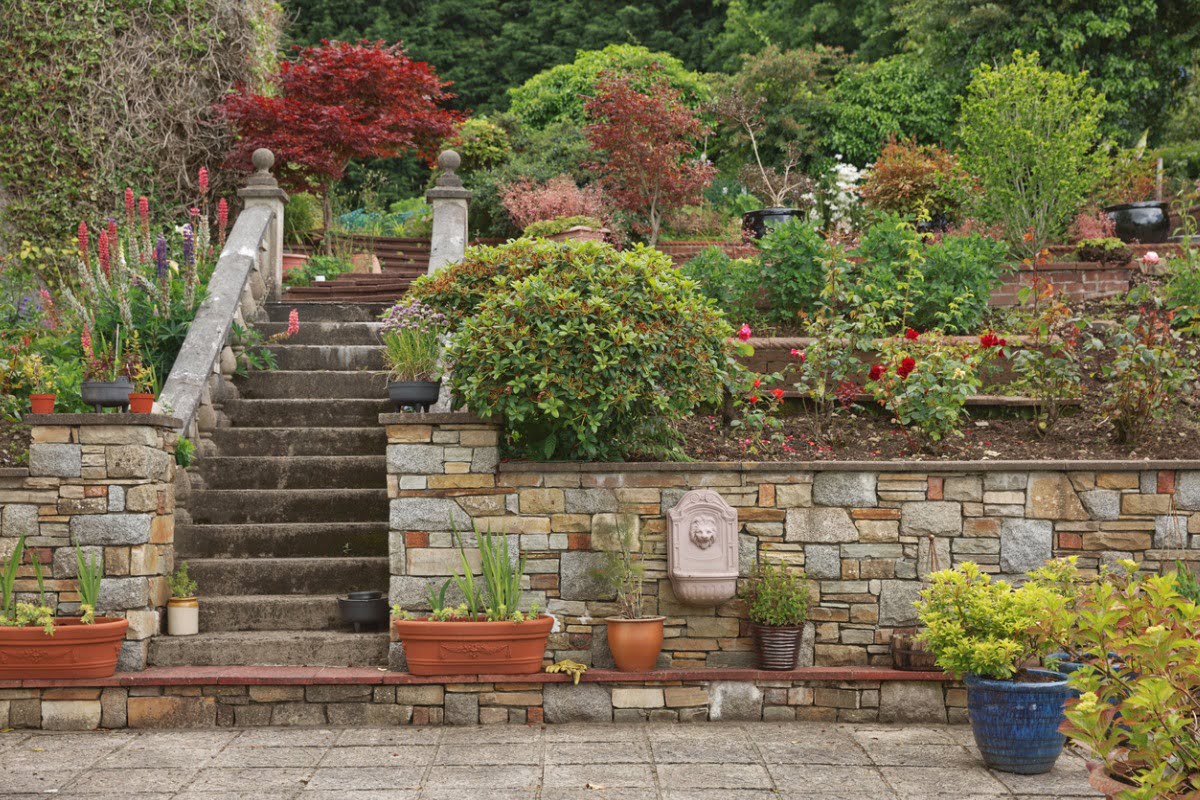

0 thoughts on “Where To Start DIY Projects”